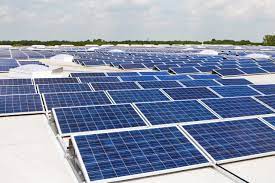The last such data has found that the average operating hours of wind and solar power generators fell, while utilization rates at hydropower and thermal coal-fired power plants increased, according to the January-April data.
Now the latest data for January to May doesn’t give separate utilization rates at plants by power source, Reuters notes, adding that the publisher of the data series, China’s energy administration, didn’t give any explanation about what has prompted the change in the way the country reports power plant operations.
Before May, China had a limit on curtailment of renewable energy at 5%, referring to the curtailment issue when excess clean energy has to be curtailed to balance the grid between supply and demand.
But at the end of May, the Chinese authorities raised that limit of curtailment of renewable energy to 10% from 5%, a change that was bound to further lower utilization rates at renewable power plants.
Analysts expect the higher limit on curtailment to lead to more renewable energy installations, but solar and wind plants operating at lower utilization, according to Reuters.
Earlier this year, Fitch Ratings said that while China is set to reach its 2030 wind and solar capacity target of 1.2 terawatts (TW) six years early, this could bring challenges to utilization and the grid’s ability to maintain stable power supply.
“Grid construction takes time and power storage capacity as a percentage of renewable capacity remains low,”Fitch said in a report in February.
“This means that thermal power will play an important role in stabilising the power system in the transition period.”





